- Debunking the Myth: There Is No Luck in Aikidoby user

Aikido, often referred to as the “art of peace,” is a Japanese martial art renowned for its graceful movements and philosophy of non-violence. Rooted in the principles of harmony and fluidity, Aikido practitioners often emphasize the absence of luck in their practice. While luck may play a role in some endeavors, Aikido thrives on discipline, technique, and understanding, rendering luck irrelevant in its pursuit.
One of the core tenets of Aikido is the concept of blending with an opponent’s energy rather than opposing it directly. This principle underscores the importance of timing, awareness, and skillful execution. Aikido techniques rely heavily on precise movements and subtle adjustments to redirect an attacker’s force, leaving little room for chance or luck to influence the outcome.
In Aikido, practitioners dedicate countless hours to honing their skills through rigorous training and repetition. Techniques are practiced repeatedly to develop muscle memory and intuitive responses, allowing practitioners to react swiftly and effectively in a variety of situations. This meticulous approach to training minimizes the element of luck, as success is achieved through disciplined practice and mastery of technique rather than random chance.
Furthermore, Aikido places a strong emphasis on mental and emotional discipline. Practitioners are encouraged to cultivate a calm and focused mind, free from distractions and doubt. This mental clarity enables Aikido practitioners to remain composed under pressure and make split-second decisions based on years of training and experience, rather than relying on luck to guide their actions.
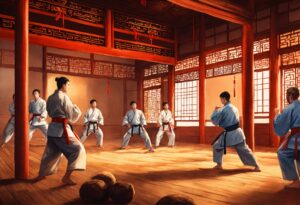
Instructors and senior practitioners often stress the importance of humility and respect within the Aikido community. Ego and arrogance have no place in the dojo, as students are taught to approach their training with an open mind and a willingness to learn from others. This emphasis on humility fosters a supportive and collaborative environment where practitioners can grow and improve without being hindered by notions of luck or chance.
Aikido’s philosophy extends beyond the physical techniques practiced in the dojo; it encompasses a way of life characterized by harmony, compassion, and self-improvement. By embracing the principles of Aikido both on and off the mat, practitioners cultivate a sense of inner peace and balance that transcends the need for luck or external validation.
In conclusion, the notion of luck holds little relevance in the practice of Aikido. Instead, Aikido thrives on discipline, technique, and a deep understanding of its principles. Through dedicated training, mental focus, and a commitment to personal growth, practitioners of Aikido can achieve mastery and find success without relying on luck to guide their path. As the founder of Aikido, Morihei Ueshiba, once said, “Aikido is not a technique to fight and defeat the enemy. It is a way to reconcile the world and make human beings one family.”

- NEW YEAR NEW YOUby user

Embarking on a journey of self-improvement in the New Year often involves setting resolutions to enhance overall well-being and find balance in life. A lesser known yet highly effective avenue for achieving these goals is the practice of Aikido. Developed by Morihei Ueshiba, Aikido is a Japanese martial art rooted in the principles of harmony and non-resistance, offering a unique approach to reducing stress and anger while fostering physical health and mental balance.Aikido’s philosophy centers on non-aggression, emphasizing the redirection of an opponent’s energy rather than confronting it with force. Through the art’s mindful movements and breathing techniques, practitioners experience stress relief, finding a space for mental clarity amidst the demands of modern life.
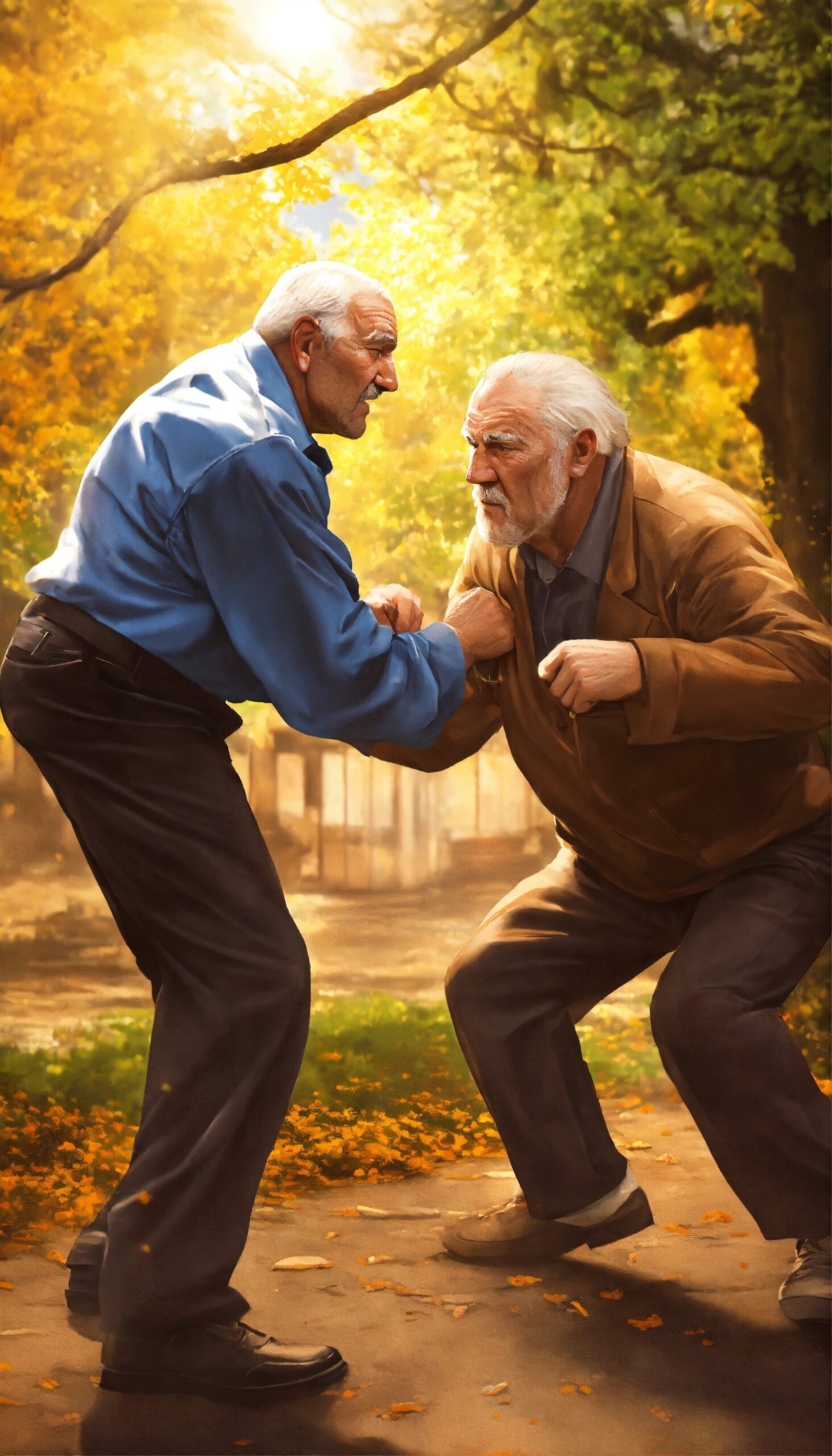
In the realm of emotions, anger is a common yet challenging emotion to navigate. Aikido addresses this by teaching the art of non-resistance, allowing individuals to redirect and transform the energy of anger rather than meeting it head-on. The art’s emphasis on fluidity and adaptability provides a constructive outlet for managing and diffusing anger, enabling practitioners to respond to challenging situations with composure.
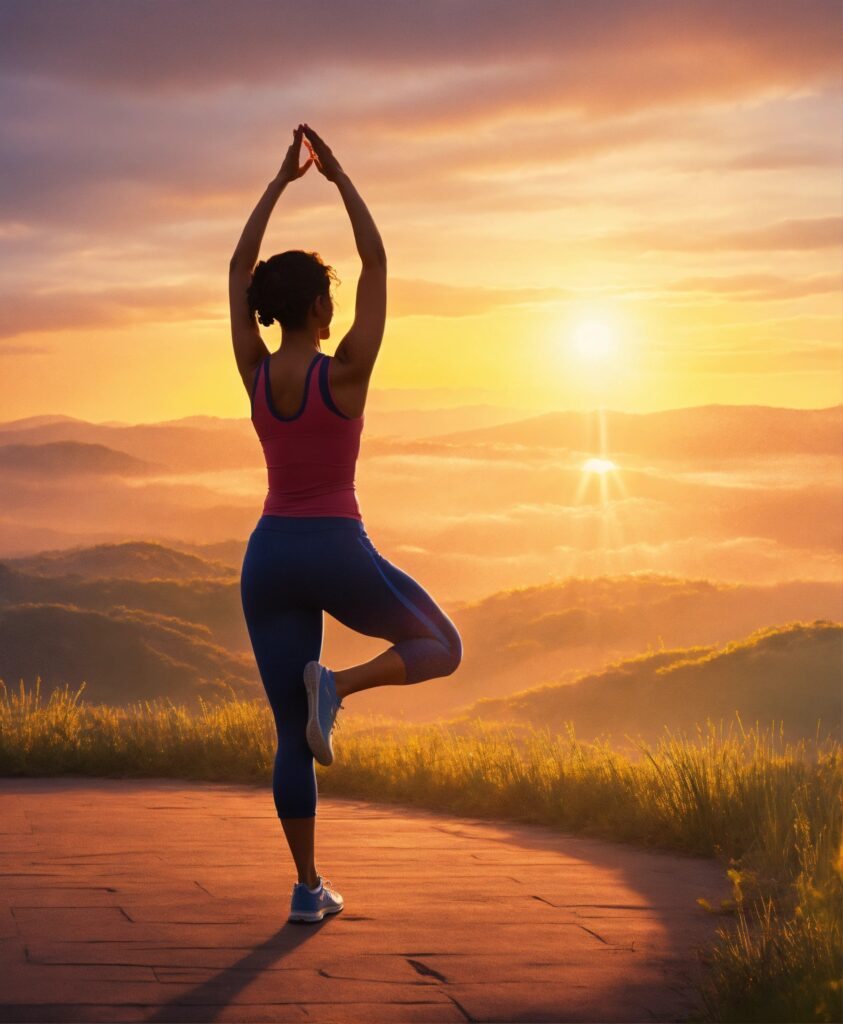
Beyond its mental and emotional benefits, Aikido is also a physical practice that enhances cardiovascular health, strength, and flexibility. By promoting natural body movements, the art contributes to joint health and overall well-being, creating a holistic approach to physical fitness.
Aikido’s teachings extend beyond the physical realm, fostering resilience and adaptability in practitioners. The practice of flowing with the energy of an attack instills a mindset that proves invaluable in facing life’s uncertainties and adversities. This resilience becomes a crucial asset on the journey towards achieving New Year’s resolutions.
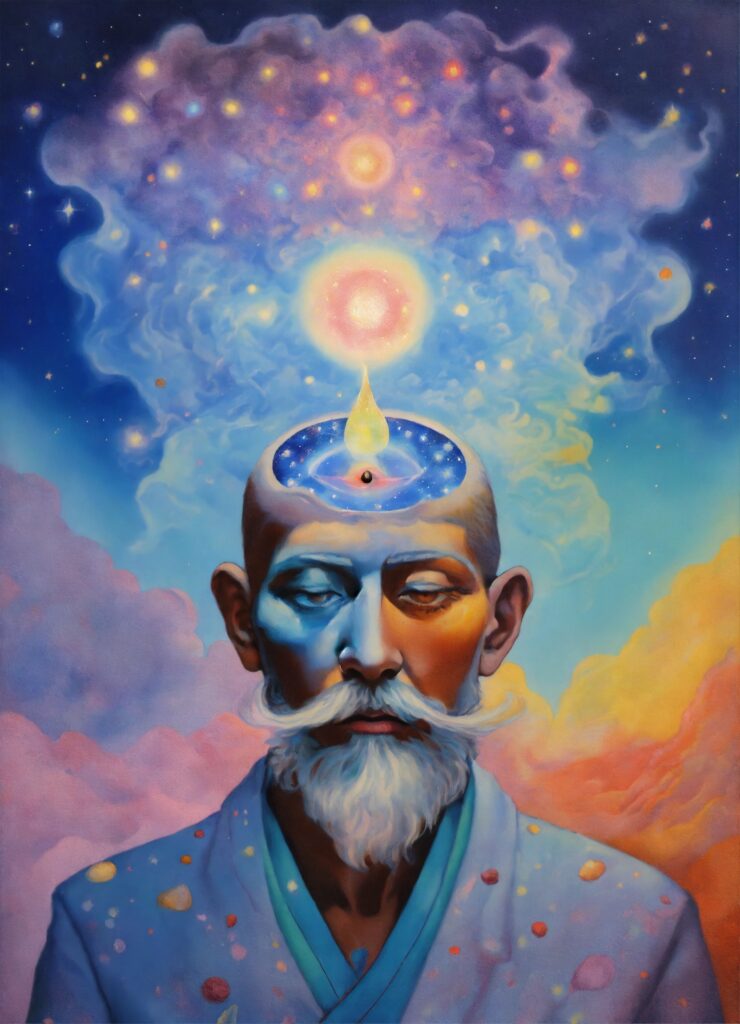
In the pursuit of positive change and balance in the coming year, Aikido stands as a holistic practice that addresses various aspects of well-being. By incorporating principles of harmony, non-resistance, and mindful movement, Aikido provides a powerful framework for reducing stress and anger while promoting physical health and mental balance. Consider stepping onto the mat of Aikido as a means to embrace harmony for a more balanced and fulfilling life in the New Year.

- Happy Holidays and New Year!by user
Have fun this holiday season, be happy and enjoy life, but never forget, not everyone around you is there for the same reasons as you. Be ready and have a plan. Just because a plan changes when you get punched in the face, doesn’t mean don’t have a plan. It means plan better, know your plan and be ready to implement your plan.

1. White Mode: Avoid walking around in a “White mode” mindset where you assume everything is okay and no one will bother you. Instead, be in Yellow mode, which means having good situational awareness and being alert to things going on around you.
2. Yellow Mode: Stay aware of your surroundings and check for any potential risks or suspicious activities. This heightened awareness will help you stay prepared and proactive.
3. Orange Mode: If you encounter a situation that seems unclear or potentially dangerous, switch to Orange mode. Have a plan in mind and be ready to take action if necessary.
4. Red Implement Your Plan: If things escalate towards a perceived dangerous situation, move into action according to your plan. Stay calm but assertive as you navigate through any challenges that may arise.
Whenever possible, use the buddy system by traveling or attending events with someone else who can provide an extra layer of security and support. Keep someone informed about your plans for the day, including your whereabouts and expected return time. Regularly check-in with them so they know you’re safe throughout the day. Before going out for the night, ensure that transportation arrangements are made beforehand; whether it’s designating a driver, using ride-sharing services, or having taxi numbers readily available.

Keep a close eye on your personal belongings at all times, especially in crowded areas where theft can occur more easily. Avoid excessive phone use while walking in public areas as it can make you an easy target for theft or other crimes; instead, stay alert and aware of what’s happening around you at all times.
Always trust your instincts when something feels off or doesn’t seem right—this is an important part of staying safe in any situation. Don’t be afraid to move into aikido stance and position yourself in an optimal position for executing your plan to be safe. Remember your Basic aikido training, know your surroundings, and those around you, know where the exits are and the path to get to them.

Don’t make yourself a target (like counting your cash in public, walking around with cellphone as your basic focus, and valuables easily accessible to other, etc) Remember, having a plan and being prepared doesn’t mean living in fear—it simply means prioritizing your safety and well-being so you can fully enjoy the holiday season. Keeping all of this in mind will help ensure that you make it home SAFE this holiday season. If you found my perspective interesting and want to find out more check out the video on my YouTube channel linked below where I talk about the awareness levels in depth.

- Aikido: Budo That lives.by user
Aikido to me is Budo that lives in the theory of Tomiki Aikido is an attempt at practicing those theories Yin and Yang, a trendy tattoo nowadays but do people really take the time to understand the principle behind it. There is a widespread misconception that Yin and Yang are opposite forces in conflict with one another. Yin being a negative force and Yang being a positive one.

The truth of the matter is that while they are opposing forces, they are not conflicting forces. They do a delicate and constant dance that maintains balance in everything. Although they oppose one another, each one could not survive or even be without the other. The real truth is that inside the center of each force, the other dwells. The same could be said about Aikido and the impact it has had upon my life. When the word Aikido is broken down, it means “the way of unified energy.”
Aikido is the delicate pendulum balancing unity between mind and body. Not always does the mind do what the body wants and vice versa. It takes practice, patience and failure to create the unity needed between these opposing forces. Morihei Ueshiba once said that “Failure is the key to success; each mistake teaches us something.” My interpretation of this quote is “Try. Fail. Try again. Fail better and then repeat.” This interpretation has worked for me.
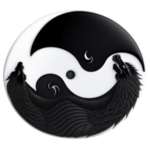
Every movement and every thought have meaning and purpose. What one practices is what one will do. Make your practice say what you want it to say. When training, do not rush. Take the time to learn what you are doing. Analyze every movement and every thought and figure out the goals you are trying to accomplish. Once you have the basic understanding of a technique, practice it alone very slowly, looking at your balance and body placement. Then add an uke while focusing on that uke’s balance an ability to counter. If that goes well, add dynamic movement (practice from slow punch or entering grab etc.)
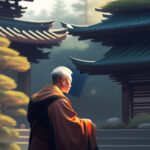
After all that goes well, ask others for input. Within my dojo there were many students that studied many other arts. There were students of aikido that studied striking, grappling and kicking arts which added a vast knowledge to what we were trying to accomplish. We would spend a lot of time working on “what if” type practices and asking everyone to bring everything they knew to practice. This helps us develop our aikido to control anyone at any time. After all that we would try it in randori while remembering our dojo code and goals. Then after randori practice we would have a better understanding of the technique to take back to kata and start all over again. This type of practice taught us to look for the weak point in techniques and we worked to make them better and adaptable to any situation. It is important to practice the physical movement of the techniques in the way that represents your personal goals. Aikido, to me, is Budo that lives in theory.
Aikido is merely a theory to me because it cannot be proven definitively without being performed to its entirety. We, as martial artists, try to avoid that extreme outcome at all costs and most can say, thankfully, they have never been in a scenario where they had to perform, they’re training in its entirety. Minamoto Musashi put it into words in the best way possible. He said that “The ultimate aim of martial arts is not having to use them.” That is the goal of our art, and it is why we do what we do. It is for prevention, protection, defense and peace. It seems that the path of Tomiki Aikido has been altered by the competitions that are being held. It seems that today many people decide to do martial arts and train for the purposes of competition rather than learn for the actual knowledge of the art. This is not why I chose Tomiki Aikido.
Yes, Tomiki Aikido has competitions, but it should be Aikido competitions and not competitions of Aikido. If one puts the competitions before the Aikido, what is the point and real intention of training? There can be no personal growth if the only end goal that one has is that which goes against Aikido’s intended purpose. I practice Tomiki Aikido and would say, if you are going to get lost, better to get lost in the Aikido, not in the competition.

William Ball
Yondan Maryland Tomiki Aikido Center - Aikido: A Path to Reduced Stress and Increased Flexibilityby user
Aikido, a modern Japanese martial art, has increasingly been recognized not just for its self-defense techniques but also for its vast health and well-being benefits. Among these benefits are stress reduction and the promotion of flexibility. Let’s explore how this gentle martial art can bring about these positive changes in its practitioners.
Understanding Aikido
To grasp how Aikido impacts stress and flexibility, it’s crucial to understand its philosophy and principles. Aikido, translated as “the way of harmony with the spirit,” focuses on using an opponent’s energy against them, rather than meeting force with force. This principle, derived from the art’s founder Morihei Ueshiba, promotes harmony and blending with an attack, emphasizing fluid movement and balance.

Stress Reduction through Aikido
- Mindfulness and Presence: Aikido practices often necessitate complete immersion in the present moment. Like meditation, this focus on the “now” helps the mind break away from daily worries, anxieties, and stressors.
- Breathing Techniques: Proper breathing is fundamental in Aikido. Deep, controlled breaths are used not only to power techniques but also to calm the mind. This type of breathing can lower cortisol levels (the stress hormone), leading to a calmer, more centered state.
- Physical Activity: Engaging in any form of physical exercise, including Aikido, releases endorphins. These chemicals, naturally produced by the body, act as painkillers and mood elevators, which can help alleviate symptoms of stress and depression.
- Building Social Connections: Training in a dojo (Aikido training hall) fosters a sense of community and belonging. Building positive relationships and having a support system can act as buffers against stress.
- Cultivating Discipline and Patience: Aikido techniques require patience and consistent practice to master. This process teaches practitioners the value of perseverance and delayed gratification, traits that can help manage stress in everyday life.
Promotion of Flexibility
- Dynamic Stretching: Aikido sessions often start with a series of stretching exercises. These movements prepare the body for the techniques that follow, but also over time, lead to improved flexibility.
- Fluid Movements: The art emphasizes flowing, circular movements. Practicing these regularly, along with pivots, rolls, and turns, naturally improves flexibility and joint mobility.
- Strengthening of Core Muscles: Many Aikido techniques require the use of core muscles for stability and power. As these muscles strengthen, they also help in promoting better posture and range of motion.
- Reduction of Muscle Tension: As stress is reduced through the practice of Aikido, muscle tension also decreases. Relaxed muscles are less prone to injuries and can move more freely, enhancing overall flexibility.

Conclusion
Aikido, while primarily seen as a martial art, transcends this label through its comprehensive health benefits. Its emphasis on harmony, fluidity, and connection with one’s surroundings provides a holistic approach to mental and physical well-being. The combination of stress reduction and enhanced flexibility makes Aikido a potent tool for those seeking to improve their overall quality of life. In a world filled with daily pressures, the path of Aikido offers a respite and a journey towards a healthier, more flexible self.
- Understanding Shoman Ate: The First Technique of Tomiki’s Trainingby user
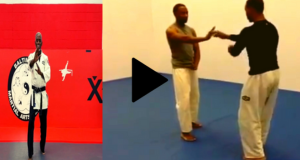
Have you ever wondered why Shoman Ate (#1) holds such a prominent place in Tomiki’s Aikido training? Let’s explore this foundational technique that can empower you to transform potentially dangerous situations into opportunities for controlled outcomes.
Shoman Ate is a technique that strategically moves you from a vulnerable position to the center of uke’s power. Although this might initially seem perilous, mastering Shoman Ate grants you the ability to prompt an almost immediate response from your opponent. Through dedicated training, you learn to position yourself strategically, channeling uke’s actions within predictable boundaries.
What sets Shoman Ate apart is the depth of balance and understanding it demands from both you and your opponent. Achieving mastery of this technique is not only about physical prowess but also about honing your awareness of self and others. As you delve into its intricacies, you begin to embody the core principles of Aikido philosophy: harmony, control, and empathy.
To harness the full potential of Shoman Ate, it is essential to focus on its foundational aspects through regular practice. As you progress, you embark on a transformative journey of self-awareness and personal growth, deepening your connection with the world around you.
In conclusion, Shoman Ate is more than just the first technique of Tomiki’s Aikido training; it is a doorway to empowerment and understanding. By embracing the power of Shoman Ate, you can navigate through challenges and shape the flow of energy to your desired outcome. So, take the plunge into this captivating martial art, where the foundation and fundamentals of Shoman Ate become the keys to unlocking your Aikido potential.
- Happy Independance Day Aikidokaby user

As we celebrate Independence Day on the 4th of July, the practice of Aikido serves as a reminder of the importance of finding independence within ourselves. While this day commemorates the birth of a nation, it also offers us an opportunity to reflect on our personal journey towards inner freedom and peace.
In Aikido, independence is not about asserting dominance or overpowering others but about attaining mastery over oneself. Through the discipline and self-reflection inherent in Aikido practice, individuals learn to release the chains of ego, fear, and aggression that hinder personal growth. They discover a sense of independence that is rooted in self-awareness, compassion, and harmony.
The principles of non-resistance and harmony in Aikido mirror the ideals upon which the United States was founded – the pursuit of life, liberty, and happiness. Aikido teaches us that true independence lies in embracing a mindset of non-violence, in seeking reconciliation and understanding, and in responding to conflicts with grace and empathy.
As we come together to celebrate the 4th of July, let us not only cherish the external freedoms we enjoy but also reflect on the significance of inner freedom. Aikido offers a path towards finding independence within ourselves – independence from negative emotions, limitations, and inner turmoil. By cultivating inner peace through Aikido, we can contribute to a world where harmony and understanding prevail, fostering a sense of collective independence and unity.
So, as fireworks light up the night sky and we gather with loved ones, let us remember that the pursuit of independence goes beyond the boundaries of nations and extends to the inner realms of our hearts and minds. Aikido reminds us that true independence is found when we are able to maintain inner peace, navigate challenges with compassion, and live harmoniously with ourselves and others. This 4th of July, let us celebrate not only the freedom of a nation but also the freedom we can discover within ourselves through the practice of Aikido.
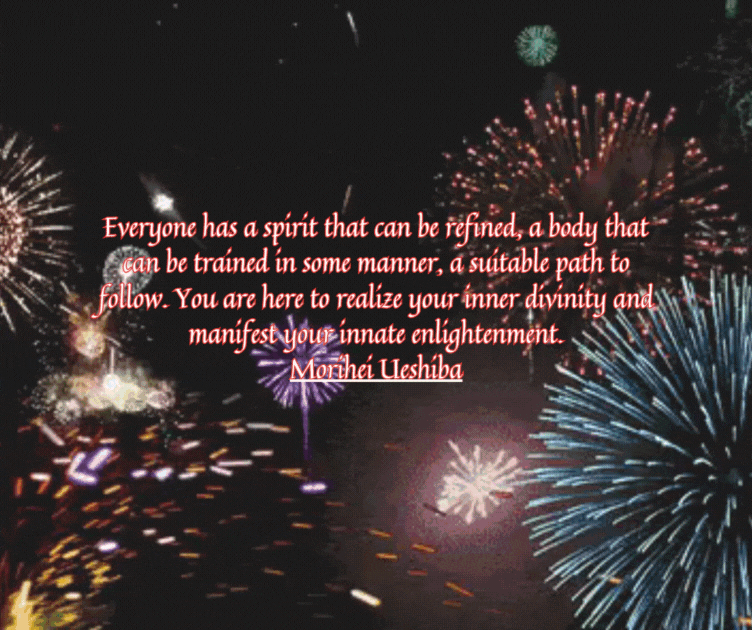
- Tomiki Aikido: More Than a Martial Artby user
In our fast-paced world, the pursuit of inner peace has become increasingly important. Tomiki Aikido, a martial art that goes beyond physical techniques, offers a path to finding tranquility and harmony within oneself. In this post, we will explore how the principles and practice of Tomiki Aikido can help individuals cultivate inner peace.

- Awareness and Mindfulness: Tomiki Aikido emphasizes mindfulness and heightened awareness. By being fully present in each moment, practitioners develop a deep connection with the present, letting go of past worries and future anxieties. This mindfulness allows individuals to find inner peace amidst chaos and conflict.

- Non-Resistance and Acceptance: Central to Tomiki Aikido is the principle of non-resistance. Rather than meeting force with force, practitioners learn to blend with and redirect energy. This approach can be applied to daily life, reducing inner conflict and fostering peace. By accepting circumstances and flowing with the currents of life, individuals minimize struggle and stress.
- Unity and Connection: Tomiki Aikido recognizes the interconnectedness of all beings. Practitioners perceive conflicts as opportunities for mutual growth, approaching them with compassion and empathy. This sense of unity fosters understanding and a harmonious mindset that extends beyond the dojo.

- Emotional Resilience: Tomiki Aikido develops emotional resilience through facing fears, overcoming obstacles, and maintaining calm in challenging situations. This resilience enables individuals to handle stress, navigate conflicts, and preserve inner peace. As practitioners train, emotional stability becomes ingrained in their lives.
Tomiki Aikido provides a transformative path to inner peace. Through cultivating awareness, non-resistance, unity, and emotional resilience, practitioners tap into a deep well of tranquility within themselves. This martial art becomes a way of life, guiding individuals towards self-discovery, personal growth, and lasting inner peace that positively impacts their interactions with others and the world.

- Discover the Unique Benefits of Tomiki Aikido: The Peaceful Martial Art that Promotes Principles of Self-Defense and Personal Growthby Will Ball

Tomiki Aikido is a martial art that combines the principles of Judo and Aikido to create a unique and dynamic style. If you’re looking for a martial art that can help you develop your physical and mental discipline, while also providing practical self-defense skills, then Tomiki Aikido may be the perfect fit for you.
One of the key principles of Tomiki Aikido is randori, or free-style practice. This allows practitioners to test their skills in a dynamic and competitive environment, which can help to improve their techniques and deepen their understanding of the art. It is a great way to develop physical fitness, mental focus, and the ability to think quickly and strategically.
Another unique aspect of Tomiki Aikido is its focus on self-defense. The techniques taught in this style are designed to be practical and effective in real-life situations. You will learn how to defend yourself against various attacks, including strikes, grabs, and even weapons. This can give you greater confidence and peace of mind, knowing that you have the skills to protect yourself and your loved ones if needed.
But Tomiki Aikido is not just about physical techniques. It is also a practice that emphasizes mental and emotional discipline. Through regular practice, you can develop greater self-awareness, self-control, and the ability to stay calm under pressure. This can have a positive impact on all areas of your life, from work to personal relationships.
If you’re looking for a martial art that is dynamic, practical, and focused on personal growth, then Tomiki Aikido is definitely worth trying. Whether you’re a beginner or an experienced martial artist, there is always something new to learn and discover in this art. So why not give it a try and see for yourself the benefits that Tomiki Aikido can bring to your life?